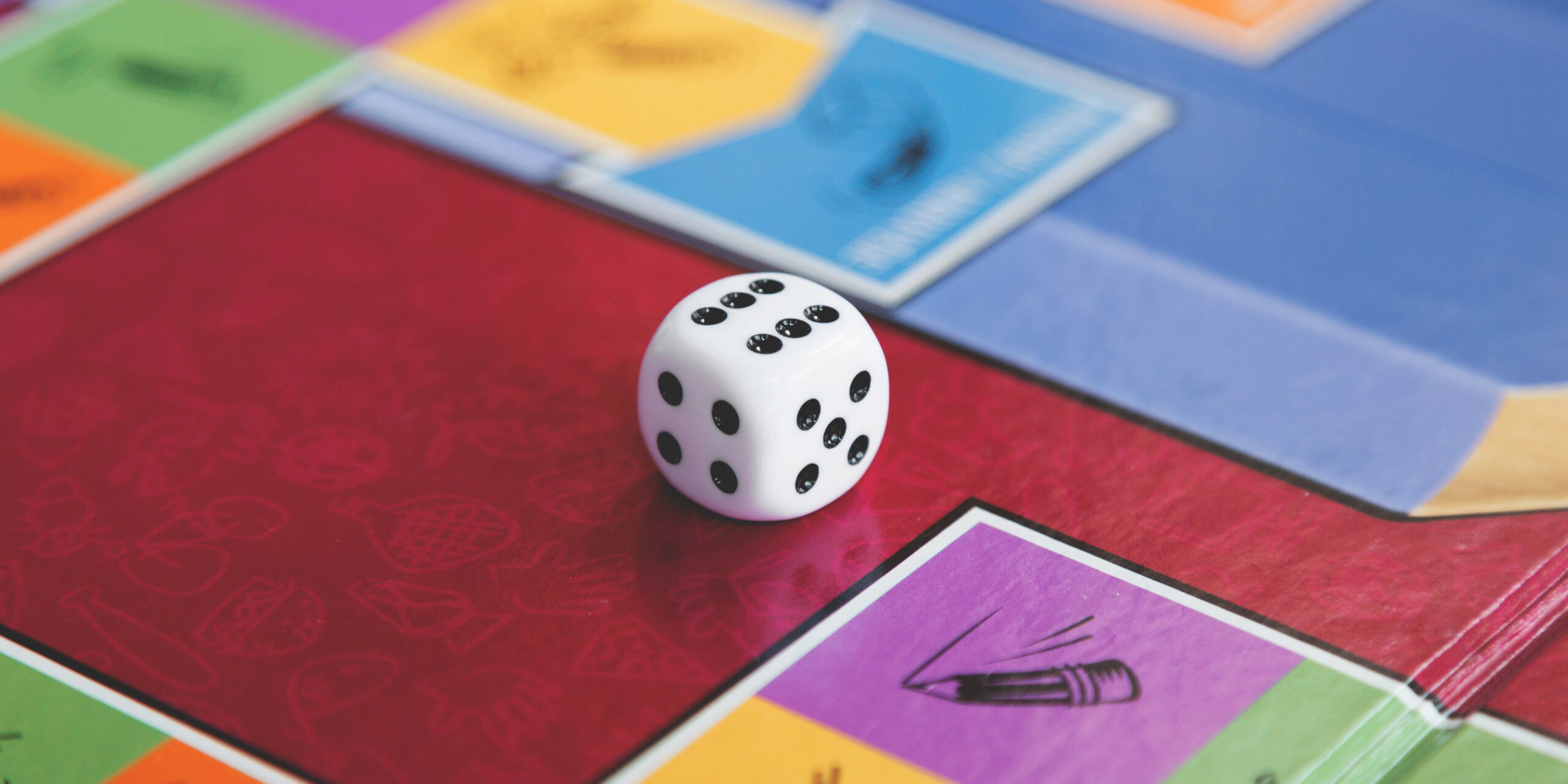I love games! Dominoes, Mancala, Battleship, Life, Apples to Apples, and the occasional (family-friendly) Quiplash. It doesn’t really matter what’s to be played…if it’s a game, I am in. I used games quite a bit as a special educator. But truth be told, I might have missed the mark on purposefully using games in my special education classroom to teach. You see, I used the game as a reward instead of as a learning opportunity. “Finish your reading, and we will play a game.” “Work hard this week, and we will have a Friday Game Day.”
Looking back, I wish I would have known about game-based learning for teaching and learning purposes. According to Teacher Academy, “…GBL (game-based learning) is a strategy that uses the idea of a playing game to reach specific learning objectives, whether they belong to knowledge, skills, or attitudes.”
As a special education teacher, my ultimate teaching goal was to help my students reach specific learning objectives! If I had it to do over again, I would use the following steps to ensure game-based learning was successful in my special education classroom.
Step One: Identify the specific learning objective you are teaching or practicing with your learner. Consider the standards, Individualized Education Plan (IEP) goals and objectives, assessment information, etc. to choose your learning objective. For example, an elementary student may have an IEP objective that aligns with the learning target, “I can put numbers in order from smallest to largest.”
Step Two: Choose a few games that you know well (or learn a new one!) and think through the game setup, rules, procedures, etc. Find opportunities within the game for teachable moments, skills practice, feedback, etc. that align with your identified learning objective. Once you’ve chosen a game that will help students meet learning objectives, jot some notes about appropriate places to pause game play and focus on learning. Keep your notes with you as your learners play the game. Following the above example, a teacher could review a video on Rack-o to find teachable moments in the game to reinforce the concepts of ordering from smallest to greatest. Each time a student draws a card, he or she must decide where to put it in their rack.
Step Three: Consider the needs of each of your learners in case scaffolds are needed for them to fully engage in game play, conversation, social exchanges, etc. Think about pre-teaching, sentence starters, or other adaptations to make the game accessible for all. To assist with ordering numbers during a game of Rack-o, think about providing a hundreds chart for learners who may need it.
Step Four: Before you play the game, SHARE the learning objective with your student (in student-friendly language). This will help students connect their game play to their learning. This also increases the likelihood the student can explain what they learned vs. what they did. For example, with Rack-o, the learning target might be, “I can put numbers in order from smallest to largest.”
Step Five: Play the game with your learners or observe your students playing the game. Use the notes you wrote in Step Two above to insert learning opportunities into the game. Be sure to connect the teaching back to the student-friendly learning target. For example, “Garrett, you ordered your first three cards correctly in order from smallest to largest. Now, think about how you can start to reorder the cards toward the back of your rack on your next turn.”
Step Six: Provide an opportunity for the learner to reflect on their learning. Consider the creation of a game journal (or download this one) or an exit ticket specific to the learning objective. This will solidify student learning and provide you with formative assessment information to drive instruction moving forward.
With these six steps, you can increase the educational impact of games in your special education classroom and engage learners with special needs through practice, feedback, and fun!






